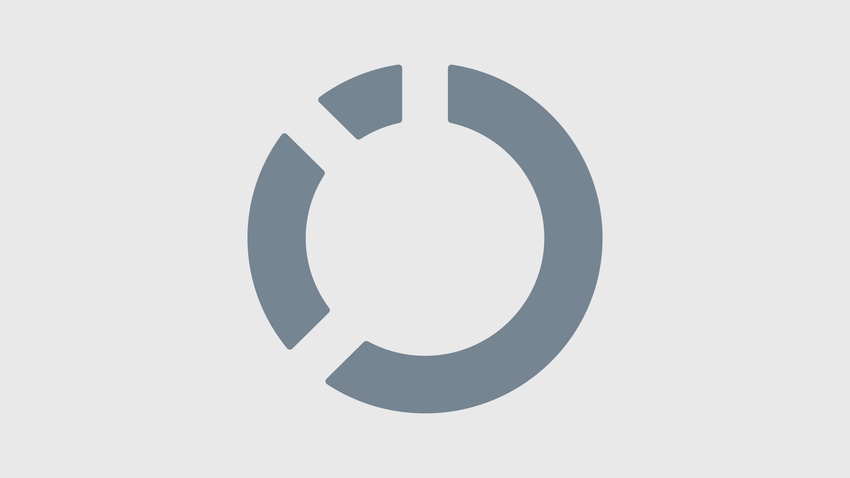Emerging class of software helps companies track the success of product promotions and comply with government regulations

Consumer-goods companies spend billions of dollars each year on product promotions that are funneled through retail channels. But all too often, tracking that spending and how well it's contributing to the top line is an ad hoc process.
That won't be the case any longer at Tyson Foods Inc. The meat-packing company, with annual revenue of $24 billion, is investing in an emerging class of enterprise software known as trade-promotion management. "I want to make sure I get the lift of the increased revenue from the money I've spent," CIO Jeri Dunn says. "I want to make sure [retail partners] sell that product and that I get the increased revenue. I need to know, was the promotion profitable, and was it money well spent?"
Tyson will use SAP's trade-promotion-management application, introduced late last year, as part of a mySAP Business Suite implementation that will augment the company's existing SAP payroll-management system. Other companies, such as Oracle, PeopleSoft, and Siebel Systems, also offer software tools to let businesses manage trade promotions.
Multiple salespeople selling separate products to the same customer often manage promotions. Forrester Research analyst Christine Overby says that in many companies, promotional spending and sales data often has been tracked in spreadsheets and other ad hoc tools, "so you never knew where the money was going." That's not good, since consumer packaged-goods companies typically spend 12% to 20% of their revenue on trade promotions.
|
|
| |
|
But companies are looking to improve. The Grocery Manufacturers of America late last month released a study indicating that investments in trade-promotion-management software top the list of 2004 IT priorities among consumer packaged-goods companies.
The surging interest also is tied to increased scrutiny of corporate accounting. Controversies have dogged companies such as Bristol-Myers Squibb, General Mills, and Dutch grocery conglomerate Ahold's, all of which have acknowledged artificially inflating revenue by using creative promotions accounting to let retailers load up on inventory at promotional discounts, then booking those sales at higher prices.
Publicly traded companies must comply with the fast-approaching deadline of Section 404 of the Sarbanes-Oxley Act, which requires systems to ensure accurate financial reporting. "There's no hiding--you have to attest that your numbers are right and that you've got the systems to make it happen," says Ron Lunde, a former grocery executive who consults on trade-promotion activities as principal of consulting firm the Lunde Co. "This is crunch time."
Ed Toben, CIO of Colgate-Palmolive Co., calls trade-promotion-management software the most significant component of customer-relationship management. As such, he's counting on SAP's trade-promotion-management app, deployed by Colgate just three months ago, to integrate sales, manufacturing, finance, human resources, and distribution into one system that treats promotions as a series of connected business processes.
Each of the processes associated with trade promotion--analytics to plan a promotion, collaboration with retailers, and follow-up to see how well it's working--occurs in separate systems at Colgate, making the tracking of promotional spending and revenue analysis exceedingly difficult. "We want the whole process to be integrated," Toben says.
Toben won't say what Colgate spent on the app, nor would he estimate when the company would realize a return on the investment. But he says he's already seen indications that the software is improving planning and supply-chain integration.
That's one of Tyson's goals, too. Dunn says establishing a strong link between trade promotions and the supply chain will let the company deliver on its ultimate vision: "We want to go to market as one Tyson."
About the Author(s)
You May Also Like









